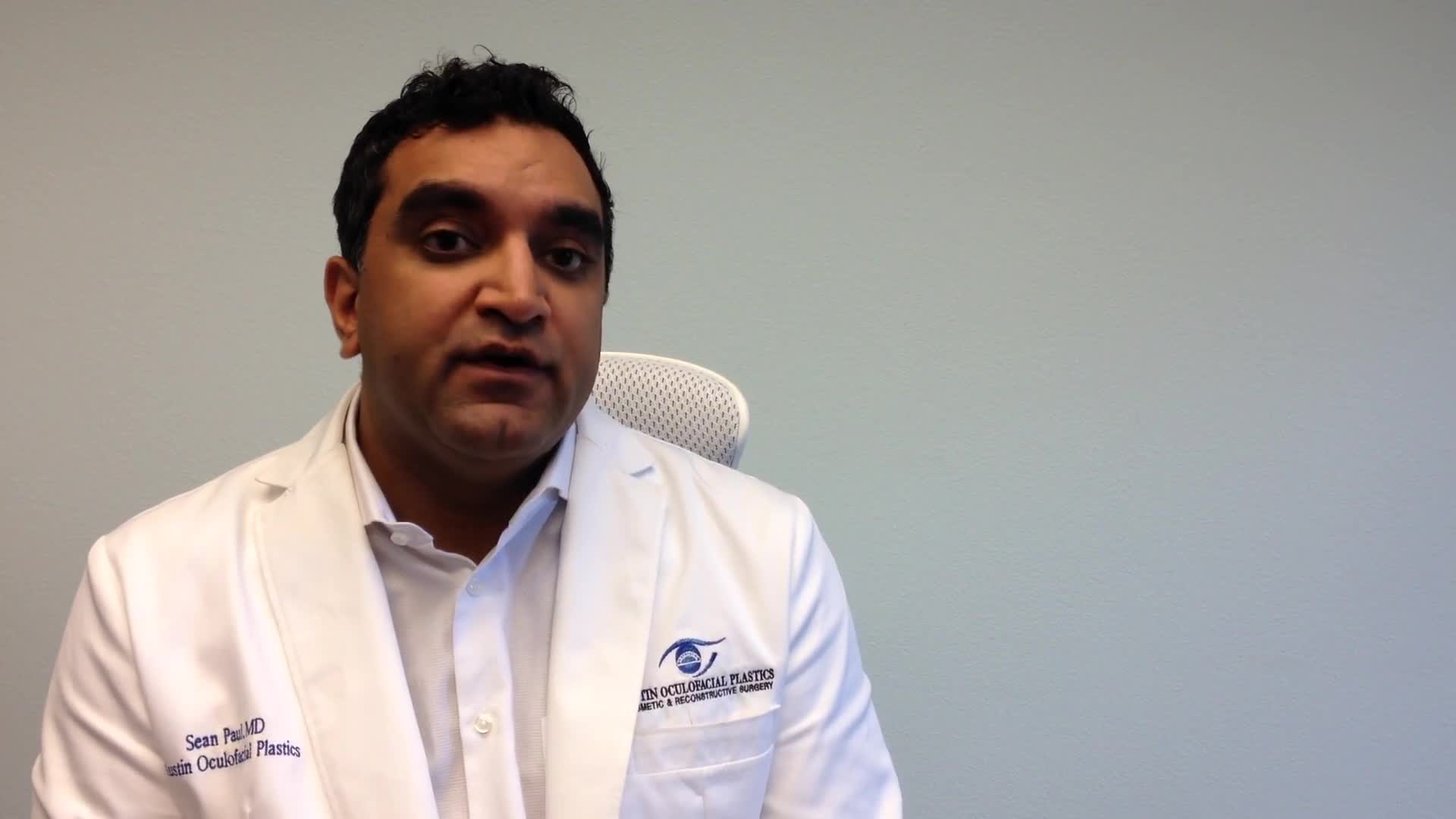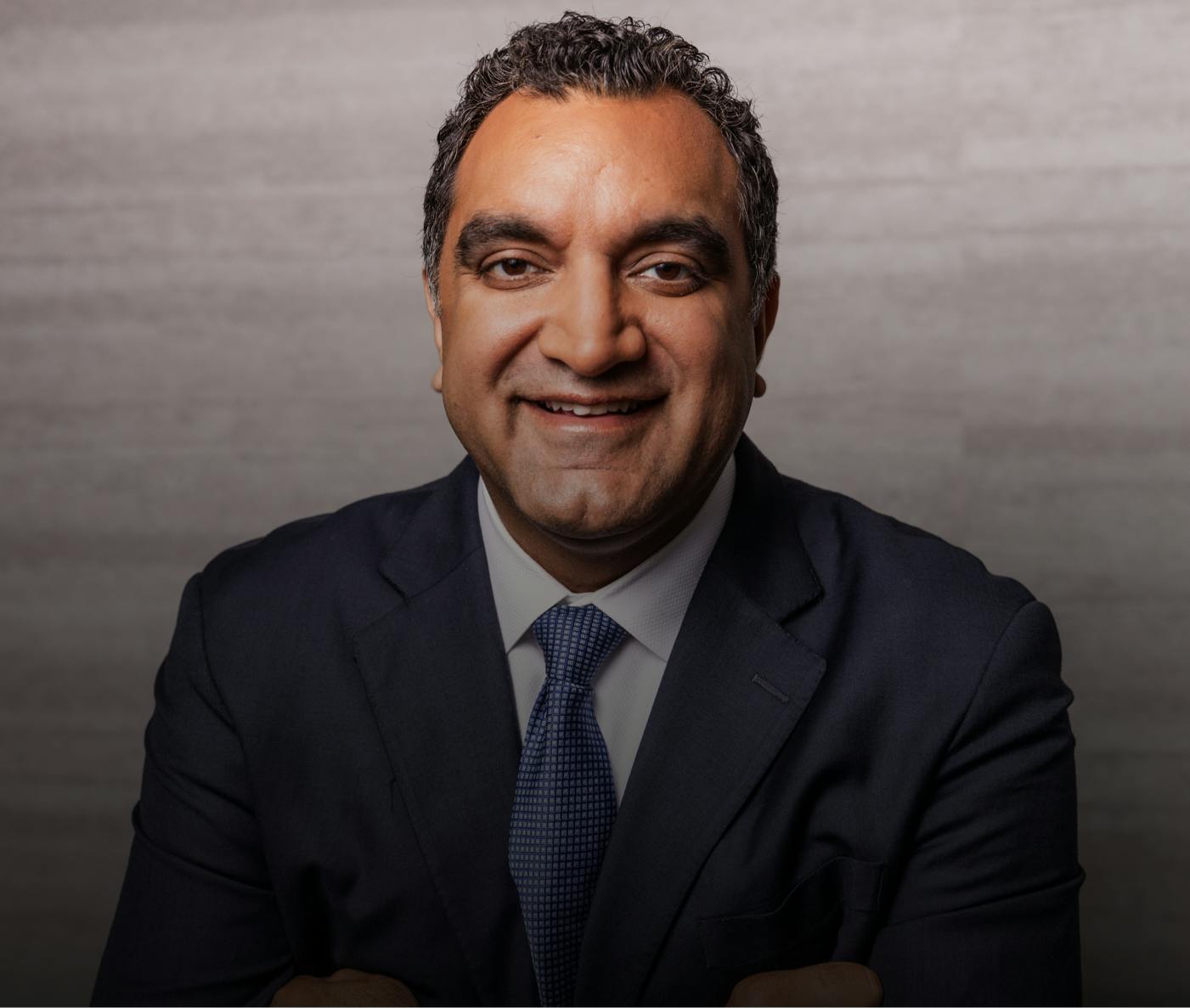Symptoms
Patients with basal cell carcinomas most commonly notice a reddish nodule slowly forming on their eyelid. The tumor is most commonly found on the lower eyelid, followed by the medial canthus (toward the nose) and can occur on the upper eyelid. Eyelash loss around the tumor suggests that a tumor is malignant. Less commonly, basal cell cancers can be pigmented or are present without any nodule at all. When the tumor does not make a nodule and grows within the eyelid, it can induce pulling of the eyelid (away from the eye). These cases are much more difficult to treat because the edges are harder to define.





